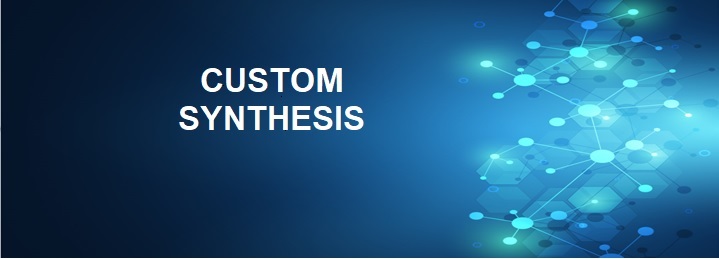The global custom synthesis and manufacturing market was valued at US$271.33 billion in 2022. The market value is expected to reach US$474.94 billion by 2028.
Custom Synthesis and Manufacturing (CSM) is on the rise across the world, driven by strong growth in end-use demand, innovators shifting focus to core competencies and outsourcing of production to low manufacturing cost destinations.
The CSM market is expected to continue to grow due to the increasing demand for pharmaceuticals, growing complexity of drugs, advancements in technology, increasing patent expiry, and growing trend of green manufacturing. The market is expected to grow at a CAGR of approx. 10% during the forecasted period of 2023-2028.
The global custom synthesis and manufacturing market growth is predicted to be supported by numerous growth drivers such as the growing pharmaceutical industry, rising agrochemical industry growth, surging cases of cancer, escalating pharma research and development spending, increasing demand for specialty chemicals, increasing regulatory compliance requirement, increasing outsourcing trend, and many other factors. There are several regulatory compliance requirements that chemical and drug manufacturers must follow to ensure the safety and efficacy of their products.
The market is projected to grow at a fast pace during the forecast period, due to various latest trends such as integration of AI/MI, increasing patent expiry, technological advancement, green manufacturing, increasing role of automation and robotics, etc.
The market is projected to grow at a fast pace during the forecast period, due to various latest trends such as integration of AI/MI, increasing patent expiry, technological advancement, green manufacturing, increasing role of automation and robotics, etc.
When a drug or chemical’s patent expires, it opens up opportunities for generic drug manufacturers and other companies to produce and sell the same drug or chemical. This often leads to increased competition, which in turn drives down the price of the drug or chemical. As a result, many pharmaceutical and chemical companies are increasingly turning to custom synthesis and manufacturing services to reduce costs and increase efficiency.
Reference:
https://www.globenewswire.com/news- release/2023/04/26/2654790/0/en/Global-Custom- Synthesis-Manufacturing-Market-to-2028- Increasing-Regulatory-Compliance-Requirement- Fuels-the-Sector.html
https://www.researchandmarkets.com/reports/578 0848/global-custom-synthesis-and-manufacturing- csm
The floating traffic jams off ports. The multiplying costs of moving freight. The resulting shortages of goods. All of this had seemed like an unpleasant memory confined to the COVID-19 pandemic. But no such luck!
An ocean container capacity crunch has hit global trade just as peak shipping season starts, with freight spot rates up some 30% over the past few weeks and heading higher.
The first joint Europe-wide assessment of the drivers and impact of chemical pollution by the European Environment Agency (EEA) and the European Chemicals Agency (ECHA) has concluded that, despite progress in some areas, “more work is still needed to reduce the impact of harmful substances on human health and the environment”. Key findings include:
The severe drought which has forced the Panama Canal, one of the world’s busiest trade passages, to limit daily crossings could impact global supply chains during a period of high demand.
In the early hours of March 26, the Singapore-flagged ship Dali, loaded with 5,000 containers, slammed into Baltimore’s Francis Scott Key Bridge, causing the 1.6-mile (2.5-kilometer) bridge to collapse in a matter of seconds. The Dali was departing for Colombo when the disaster struck. Initial fears were confirmed that half a dozen people lost their lives in the accident.
The pharmaceutical and biotechnology industries constantly seek innovative methods to enhance product stability, solubility, bioavailability and ease of use. Within this realm, CDMOs [Contract Development & Manufacturing Organizations] serve as invaluable partners in the development and production of high-quality drug products.
Chinese New Year 2024 is upon us, disrupting logistics from Asia starting Feb 10th. This event is expected to impact global shipping until Feb 21. Freight rates from Asia has skyrocketed with rates to the US surging by 3.5X and Europe by 6X.
Amid ongoing Red Sea diversions by shipping giants like Maersk, CMA, logistics managers are globally confronting a dual challenge of escalating ocean and air freight prices alongside cargo disruptions due to
Why will CM be the next generation on quality?
